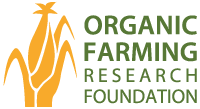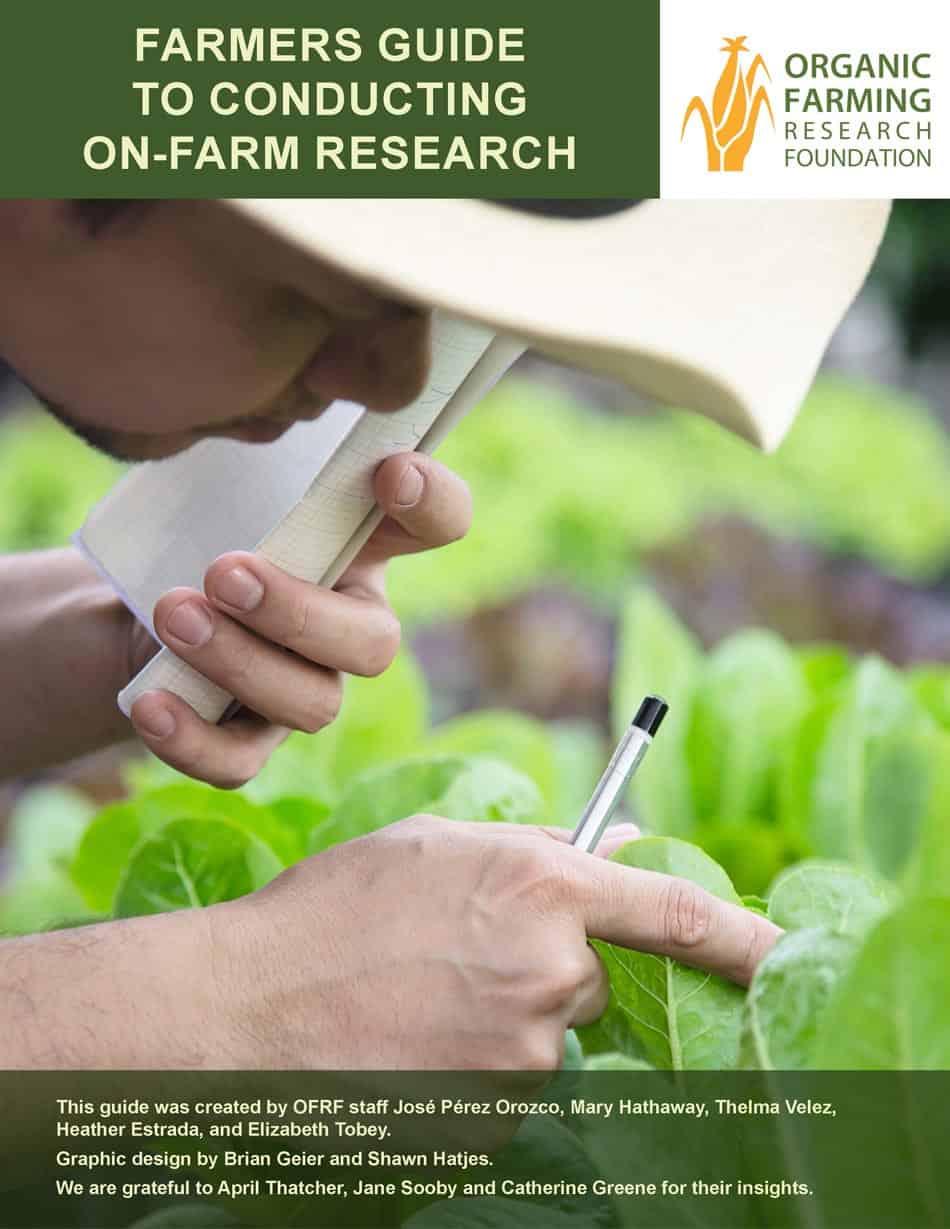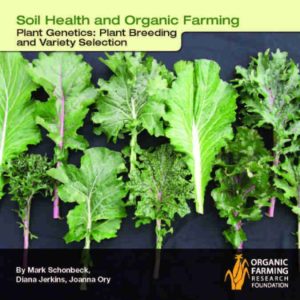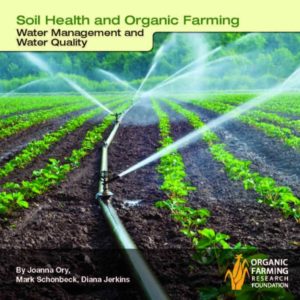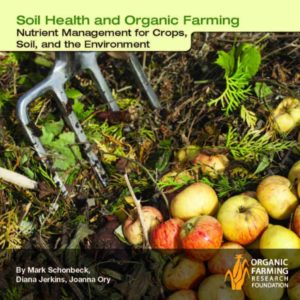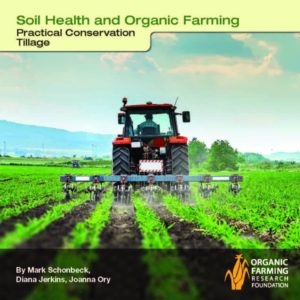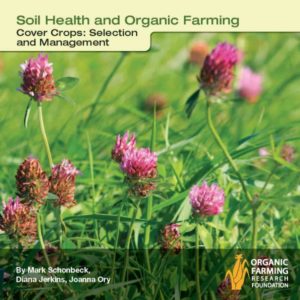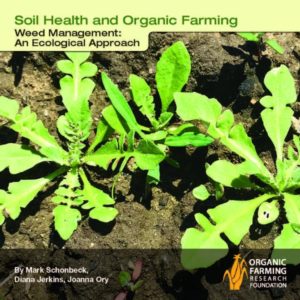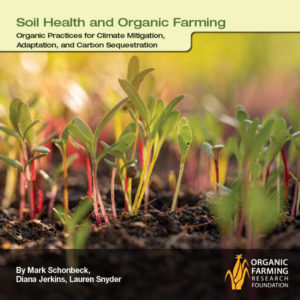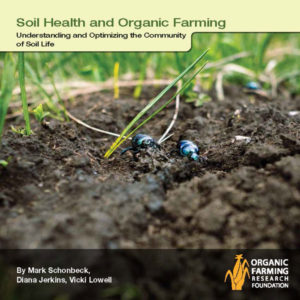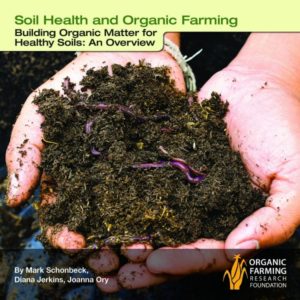Farmers Guide to Conducting On-Farm Research
Organic farmers and ranchers like you are always testing and experimenting with new ideas to improve their farming operations. You probably have some ideas every day that you would like to try. Incorporating a few scientific steps in your experiments will generate more reliable results that you can trust.
This guide was specifically created for you, the organic farmer or rancher who is curious about conducting some type of trial or experiment on your farm in a more structured way. Whether you are looking at reducing the use of off-farm inputs, minimizing disease pressure, trying out new crop varieties or animal feed, or testing new cover crop techniques or irrigation sensors, this practical guide was created to assist you along the way.

